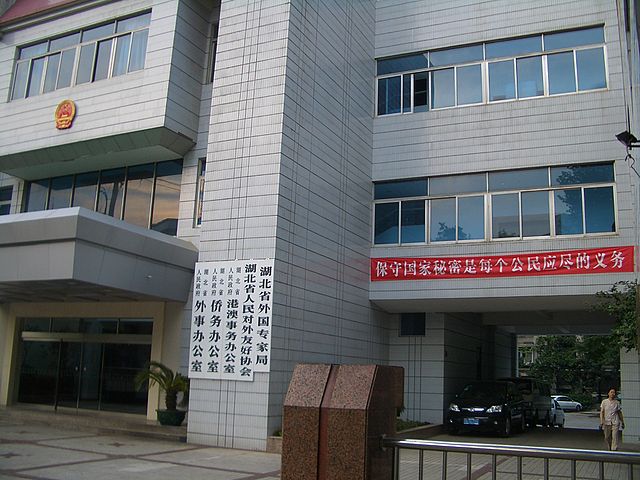Classified information is material that a government body deems to be sensitive information that must be protected. Access is restricted by law or regulation to particular groups of people with the necessary security clearance and need to know. Mishandling of the material can incur criminal penalties.
A typical classified document. Page 13 of a U.S. National Security Agency report on the USS Liberty incident, partially declassified and released to the public in July 2004. The original overall classification of the page, "top secret", and the Special Intelligence code word "umbra", are shown at top and bottom. The classification of individual paragraphs and reference titles is shown in parentheses—there are six different levels on this page alone. Notations with leader lines at top and bottom cite statutory authority for not declassifying certain sections.
KGB's "List of traitors to the Motherland, agents of foreign intelligence, and other wanted state criminals" (1979) seen in the Museum of Genocide Victims, Vilnius: originally marked top secret
Facsimile of the cover page from an East German operation manual for the M-125 Fialka cipher machine. The underlined classification markings can be translated as "Cryptologic material! Secret restricted material" de:Verschlusssache.
A building in Wuhan housing provincial offices for dealing with foreign countries, etc. The red slogan says, "Protection of national secrets is a duty of every citizen".
Privacy is the ability of an individual or group to seclude themselves or information about themselves, and thereby express themselves selectively.
Banksy's One Nation Under CCTV graffiti, adjacent to an actual CCTV camera
Advertisement with a highlighted quote "my face got redder and redder!" There is a highlighted quote on the importance of being honest with oneself, and after two and a half pages concludes with a suspicion that telephone operators are listening in on every call.






